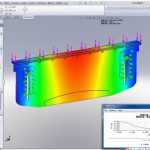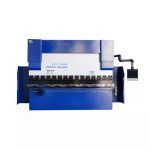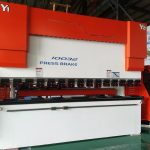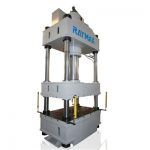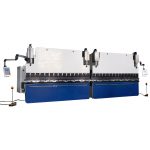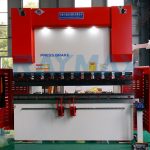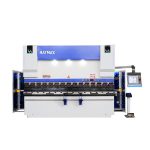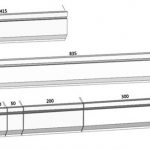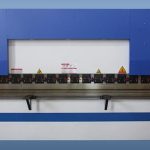In order to eliminate the adverse effects caused by the deformation of the slider, it is necessary to compensate the deflection deformation of the slider. The compensation methods as below:
1. Hydraulic compensation
The hydraulic automatic deflection compensation mechanism of the workbench is composed of a group of oil cylinders installed in the lower workbench. The position and size of each compensation cylinder are designed according to the deflection compensation curve of the slider and the workbench finite element analysis.
The Hydraulic compensation bulge compensation of the neutral version is realized through the relative displacement between the front, middle and rear three vertical plates. The principle is to realize the bulge through the elastic deformation of the steel plate itself, so the compensation can be realized within the elastic range of the worktable adjust.
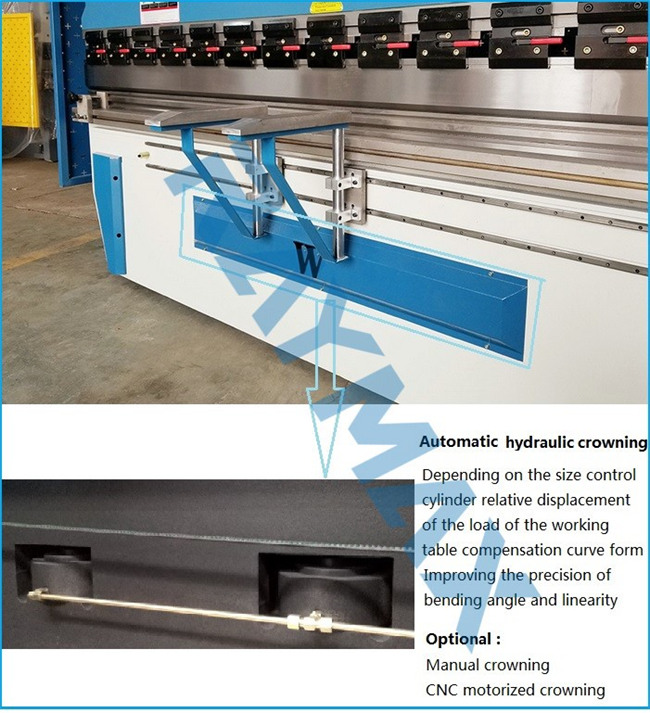
2. Mechanical compensation table method
The protruding wedges are composed of a set of protruding oblique wedges with inclined surfaces. Each protruding wedges is designed according to the deflection curve of the sliding block and the working table by the finite element analysis.
The numerical control system calculates the required compensation amount according to the load force when the workpiece is bent (this force will cause the deflection and deformation of the slider and the worktable vertical plate), and automatically controls the relative movement of the convex wedge. Thereby it can effectively compensate the deflection deformation produced by the sliding block and the vertical plate of the worktable, and can obtain the ideal bending workpiece.
The mechanical deflection compensation is realized by controlling the position of the "pre-protrusion", and a set of wedges is formed in the length direction of the worktable. The curve with the same actual deflection makes the gap between the upper and lower molds consistent during bending, ensuring the same angle of the bending workpiece in the length direction.
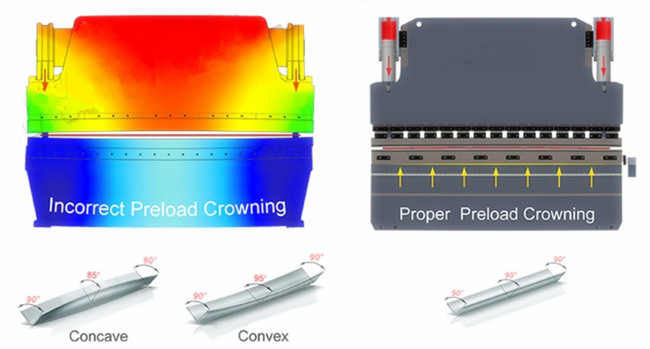
Advantages of mechanical compensation
1) Mechanical compensation can obtain accurate deflection compensation over the full length of the worktable. Mechanical deflection compensation has long-lasting stability, reduces the maintenance frequency of hydraulic compensation (such as oil leakage), and is maintenance-free during the life of the machine tool.
2) Because mechanical deflection compensation has more compensation points, the CNC sheet metal brake can achieve linear compensation when bending the workpiece while working and can improve the bending effect of the workpiece.
3) Mechanical compensation uses a potentiometer to measure the position of the return signal. As a numerical control axis, it realizes digital control and makes the compensation value more accurate.

